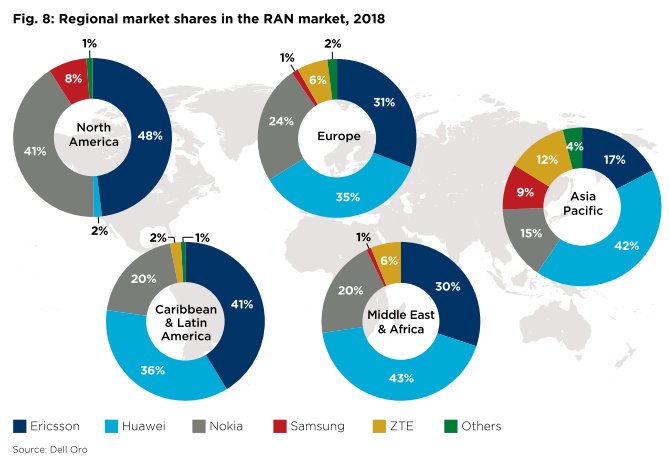
Good news everybody!
To enrich your summer break John (@J_B_C16) and I wrote about #semiconductors and #China!
We analyzed the global semi value chain across three strategic dimensions: industry competitiveness, #NationalSecurity and #resilience
cc @snv_berlin @merics_eu /1
To enrich your summer break John (@J_B_C16) and I wrote about #semiconductors and #China!
We analyzed the global semi value chain across three strategic dimensions: industry competitiveness, #NationalSecurity and #resilience
cc @snv_berlin @merics_eu /1

First, we looked at the generic production steps - consisting of 3 process steps and 5 inputs.
For each we analyzed barriers to entry, market concentration, competitiveness of Chinese industry, Chinese policies, etc.
For each we analyzed barriers to entry, market concentration, competitiveness of Chinese industry, Chinese policies, etc.

Based on that we then assessed each production step across 3 'strategic dimensions'.
Idea: What motivates a government to invest in/support its semi ecosystem or cooperate with allies?
Can we systematize that / come up with a framework for 'national interest'? Yes, we can!
Idea: What motivates a government to invest in/support its semi ecosystem or cooperate with allies?
Can we systematize that / come up with a framework for 'national interest'? Yes, we can!

How does this help? (you will have to read our 'Analytical Approach' section to fully understand, sorry.) 🧐
But here's an example how the 3 strategic dimensions interplay and how govts (in our case China, but it's applicable to any govt) can assess their national interest.
But here's an example how the 3 strategic dimensions interplay and how govts (in our case China, but it's applicable to any govt) can assess their national interest.

We then use that heat map / matrix to assess for each production step what this means for China specifically - in terms of the US-China #technology rivalry but also vis-à-vis #EU.
We furthermore provide on overview of China's #semiconductor policies, relevant ministries, funding instruments and guidance tools. Did I mention the annex that is packed with references to semiconductor-specific policy documents? 

The best part: It's a 'modular' report so feel free (after reading the 'analytical approach'!) to dive into the section that interests you the most! 👌
And as always, it's all under CC-BY-SA.
You're welcome. 😉✌️
stiftung-nv.de/en/publication…
And as always, it's all under CC-BY-SA.
You're welcome. 😉✌️
stiftung-nv.de/en/publication…
Hat tip to @merics_eu for a great collaboration, more to come in winter 2021.
Specifically to John (@J_B_C16) - it's a blast to work with him and if you don't follow him already, you are missing out!
That's it. Stay tuned. ✌️
stiftung-nv.de/en/publication…
Specifically to John (@J_B_C16) - it's a blast to work with him and if you don't follow him already, you are missing out!
That's it. Stay tuned. ✌️
stiftung-nv.de/en/publication…
• • •
Missing some Tweet in this thread? You can try to
force a refresh






